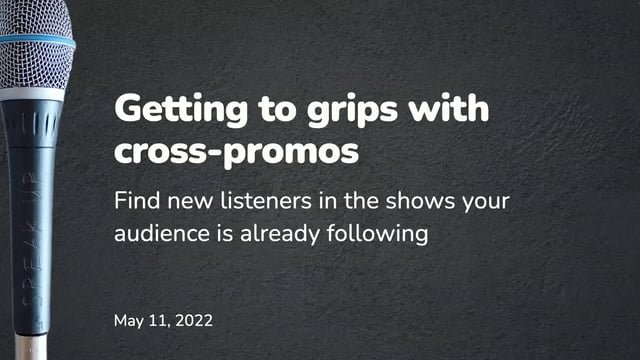If you’ve spent any time thinking about marketing, there’s a good chance you’ve encountered positioning. It’s a way of differentiating your business from another, based on one or more metrics:
Someone who makes websites might differentiate themselves with value-for-money on the horizontal axis (cheap on the left, expensive on the right), and attention-to-detail on the vertical (slapdash at the bottom, fastidious up top).
You can repeat this exercise over and over again with different axes. In a crowded market, it’s a great way to see how you stand out… or where you need to clear some space.
But I don’t want to look at positioning as a way of marketing your business, but as a way of differentiating your creative work. And there’s an easier, perhaps more fun way of finding where you stand than with theoretical metrics.
On Thursday’s episode of Morning Creative, I presented a couple of ways I was differentiating what I do on that show. The one I had the most fun with was thinking about radio stations.
So, I have an outsized interest in certain aspects of radio, branding being on of them. My station of choice is Absolute Radio. I’m not their ideal customer from an advertising perspective as I’m not a painter-decorator, but I do pay for their Premium service which means I no longer hear ads for builders’ merchants.
Absolute is for Gen X people who like to be wry about things. They remember “when music was good” and they value authenticity. So the station’s identity matches that, and their tag line is “Where real music matters” (take it all with a pinch of salt; this is commercial radio after all).
The company that owns Absolute also owns a network of stations called Greatest Hits Radio, which has grown hugely this year after poaching more big names from the BBC. It’s for “fun” grandparents who like a chuckle, and are maybe just hitting retirement. Therefore the station tag line is “The good times start here”. (BTW I’m not besmirching GHR… it’s a nice station and one of my childhood heroes is a presenter.)
If you listen to both stations, you hear the similarities and the differences. It sounds like they run on the same tech, and they have a well-kown comedian as the voice of the station (Absolute uses Matt Berry, GHR uses Dawn French). They run some of the same competitions, and they offer the same premium ad-free experience. But they speak to their audiences very differently – one’s punchy, the other’s cosy; one skews male, the other skews female (in general).
Figuring out where my work as a podcaster stands between the two means I can communicate it more easily to people I work with. I can use it as a shorthand for anyone who gets it, but it also means I can quickly explain the differences (Absolute’s arched eyebrow vs Great Hits’ warm cuddle).
I’m guessing you’re not weirdly obsessive about radio imaging, so let’s take another tack.

Are you Tarantino or David Fincher? Both made 90s cult classics with an outsider-art feel, but they’re wildly different in style.
Are you Blur or Oasis? Father Ted or The Vicar of Dibley? And sticking with the UK theme, are you David Mitchell or Lee Mack?
Once you’ve found an area of comparison that clicks with you – whether it’s TV, art, sport, music, etc – then you can start to think about the things that differentiate them. Oasis and Blur had that north/south divide. Tarantino likes long shots (often of feet) whereas Fincher likes to mess with the rules of filmmaking.
Now you can start drawing axes and plot your work against theirs, to see which spaces you uniquely occupy.
It’s a great way to avoid the comparison trap because you can quickly start to understand where you differ and why that might be important for someone in your audience.
I can watch a talented vocalist on YouTube record a 16-part harmony of some music from Sonic the Hedgehog using only his voice, think, “wow, I could never do that”, and then listen and note that while it’s technically adept, the singer forgot to actually make it enjoyable (that happens a lot with a capella music).
It’s not about finding ways to take down someone you think of as “better” than you, but about triangulating the differences, and finding new ground you can occupy that’s made up of all the things you find define the work you do.
Someone has very sneakily and cheekily taken a piece of Seth Godin’s Marketing Seminar (now seemingly defunct), so if you want a deeper explanation of positioning, you can watch through the video above.
But you can get value from this idea much easier by getting it on its feet for yourself. Take some time this weekend, get some paper and pens, draw out some grids, and see what you find. And if you do, let me know how you get on.






Add your response